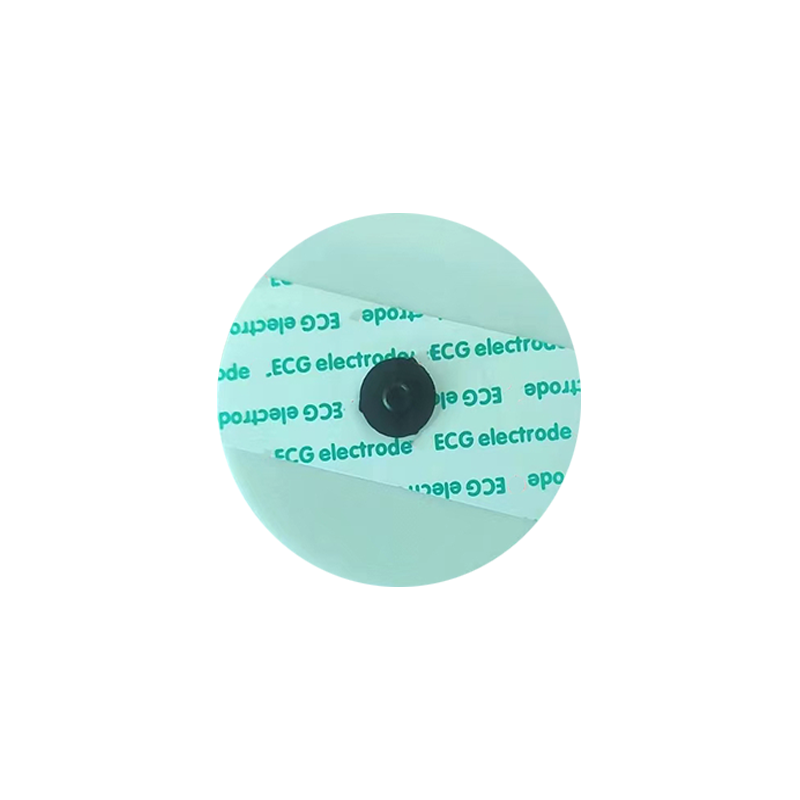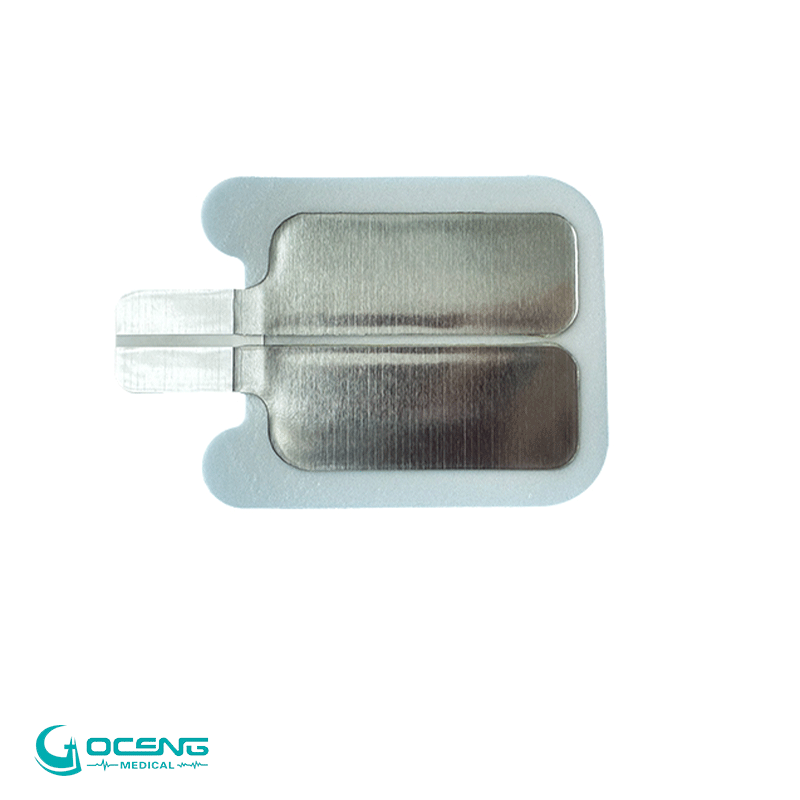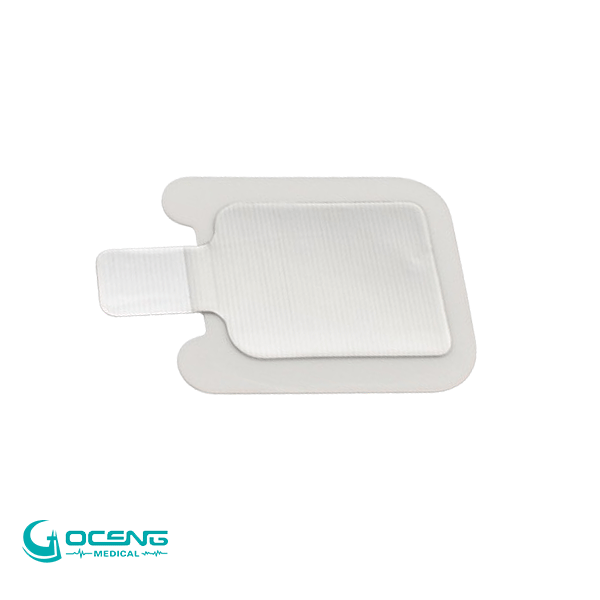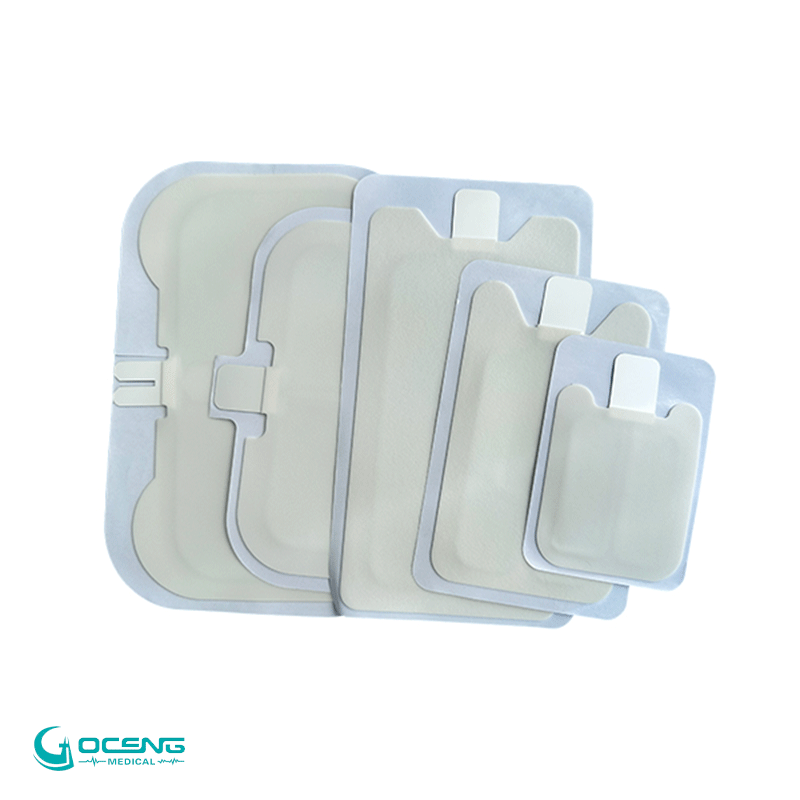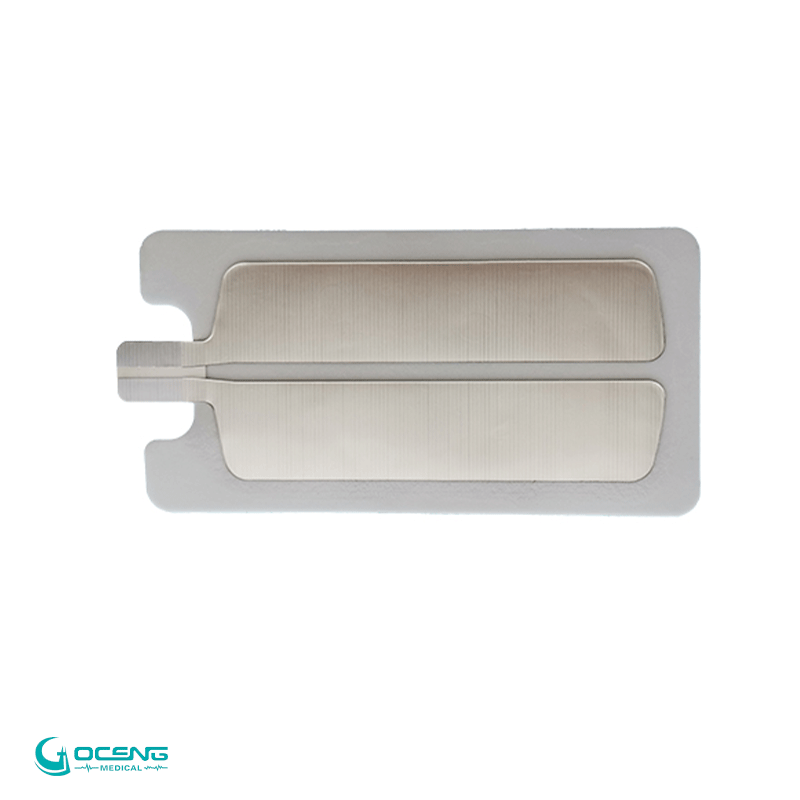The difference between Roll ECG hydrogel and Solid ECG gel mainly lies in their structure, application, and conductivity mechanism.
1. Form and Structure
- Roll ECG hydrogel: This typically comes in a flexible, rollable format that can be cut to desired lengths for various applications. It’s often a sheet or tape-like material that includes both adhesive and conductive properties, allowing it to be applied over a larger surface area.
- Solid ECG Gel: Solid ECG gel usually comes pre-formed into patches or discs, often in a firm or semi-solid state. It's more rigid and pre-packaged in defined sizes, typically as part of an electrode used in clinical or diagnostic settings.
2. Application
- Roll ECG hydrogel: It's highly versatile, as it can be cut to custom sizes and applied over large or irregular areas. This makes it suitable for long-term or continuous monitoring scenarios, such as Holter monitoring, or in settings where adaptability is required.
- Solid ECG Gel: Solid ECG gel is typically used for short-term applications, such as routine ECG exams. Since it's pre-formed, it’s quicker and easier to apply but less flexible for custom sizes or shapes.
3. Conductivity Mechanism
- Roll ECG hydrogel: The conductivity comes from the conductive material embedded in the roll, often without requiring additional gel or electrolytes. It can provide stable conductivity over long periods without drying out.
- Solid ECG Gel: It typically contains a solid or semi-solid electrolyte, which facilitates conductivity by maintaining moist contact with the skin. This gel can dry out over time, reducing its effectiveness, so it's better suited for short-term use.
4. Use Duration
- Roll ECG hydrogel: Ideal for long-term monitoring because its material is less prone to drying out and losing conductivity. It can maintain good contact and performance over extended periods.
- Solid ECG Gel: More commonly used for short-term applications, as the solid gel tends to lose effectiveness if left in place for long periods, especially if it dries out.
5. Flexibility
- Roll ECG hydrogel: Extremely flexible and customizable. The ability to cut to specific sizes allows for use on various body shapes and in different monitoring situations.
- Solid ECG Gel: Less flexible due to its pre-formed nature. It comes in fixed shapes and sizes, limiting its adaptability.
6. Typical Usage Scenarios
- Roll ECG hydrogel: Best for dynamic ECG monitoring, such as Holter monitoring or in long-term hospital stays where electrodes need to remain in place for extended periods.
- Solid ECG Gel: Commonly used for routine, short-term ECG tests, such as in emergency rooms or during quick checkups.
Roll ECG Hydroel is more flexible and durable for long-term use, while Solid ECG Gel is ideal for short-term . But the roll ecg hydrogel requires high requirments of the storge temperature .
Do you know why ? learn more at : www.gocengmed.com

